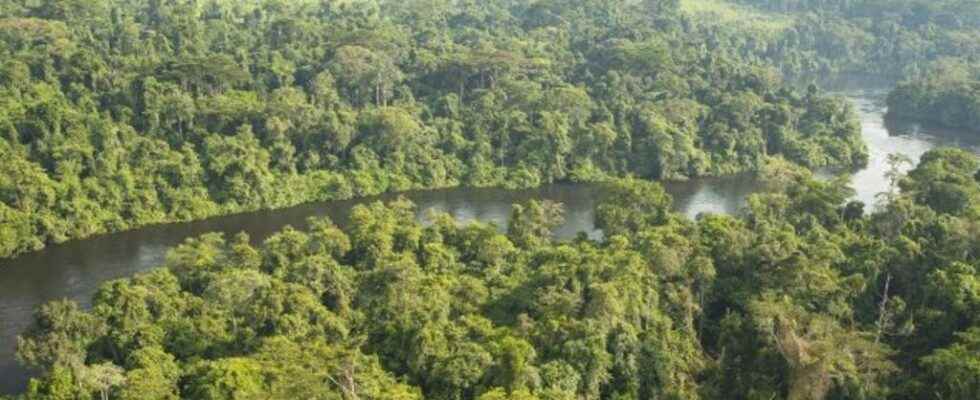The seventh report on the forests of the Congo Basin, published on July 7 by 150 researchers and experts, seven years after the previous one, aims to give leaders the keys to better take into account this flora, which is so rich and so vital, both both for the environment and for the economic development of Central Africa.
First lesson: the Congo Basin forests are doing well. At least for now. Of the 200 million hectares of forests in Central Africa, vast isolated areas do not yet seem to be affected by human activity.
But the researchers note that the pressures are mounting. Agriculture, road construction, mining, logging… Population growth and economic development are placing increasing pressure on forests. In twenty years, 18 million hectares have already disappeared.
Consequences : the emergence of zoonoses, infectious diseases transmitted to humans by animals. Tropical forests harbor a great diversity of as yet unknown viruses and bacteria. By going ever further into the forest, by encroaching on the territory of wildlife, populations can find themselves in contact with these microbes. The report therefore recommends improving health and prevention systems. But also to limit the human impact on these complex ecosystems.
Sustainable management of these forests is also a necessity to preserve their ability to limit climate change. Because even if they are less extensive than those of the Amazon, the researchers explain that with bigger and taller trees, the forests of the Congo Basin now absorb more carbon than the Amazon forests.
But fighting against deforestation and preserving them at all costs is not necessarily realistic, even if their importance for the climate is better taken into account internationally. Guillaume Lescuyer, researcher at Cirad, the French Center for International Cooperation in Agricultural Research, is one of the co-authors and editors of this report and discusses the challenges posed.
The main argument used by both international donors and recipient countries is that of carbon: limiting deforestation to prevent carbon from being released into the atmosphere. […] The main declarations of financing from international donors are made at the COP on climate change, that of Glasgow in this case where 1.5 billion has been committed by donors as part of the fight against climate change and therefore sequestration carbon […] It is not yet effective in terms of available resources and results achieved (because) deforestation rates have tended to increase over the past ten to fifteen years in the sub-region […] There is a disconnect between the will to limit deforestation and the development policies of the countries which are based in particular on agriculture, agro-industry, the industrial exploitation of trees.
► Read: the 2021 report on the State of Central Africa’s Forests
